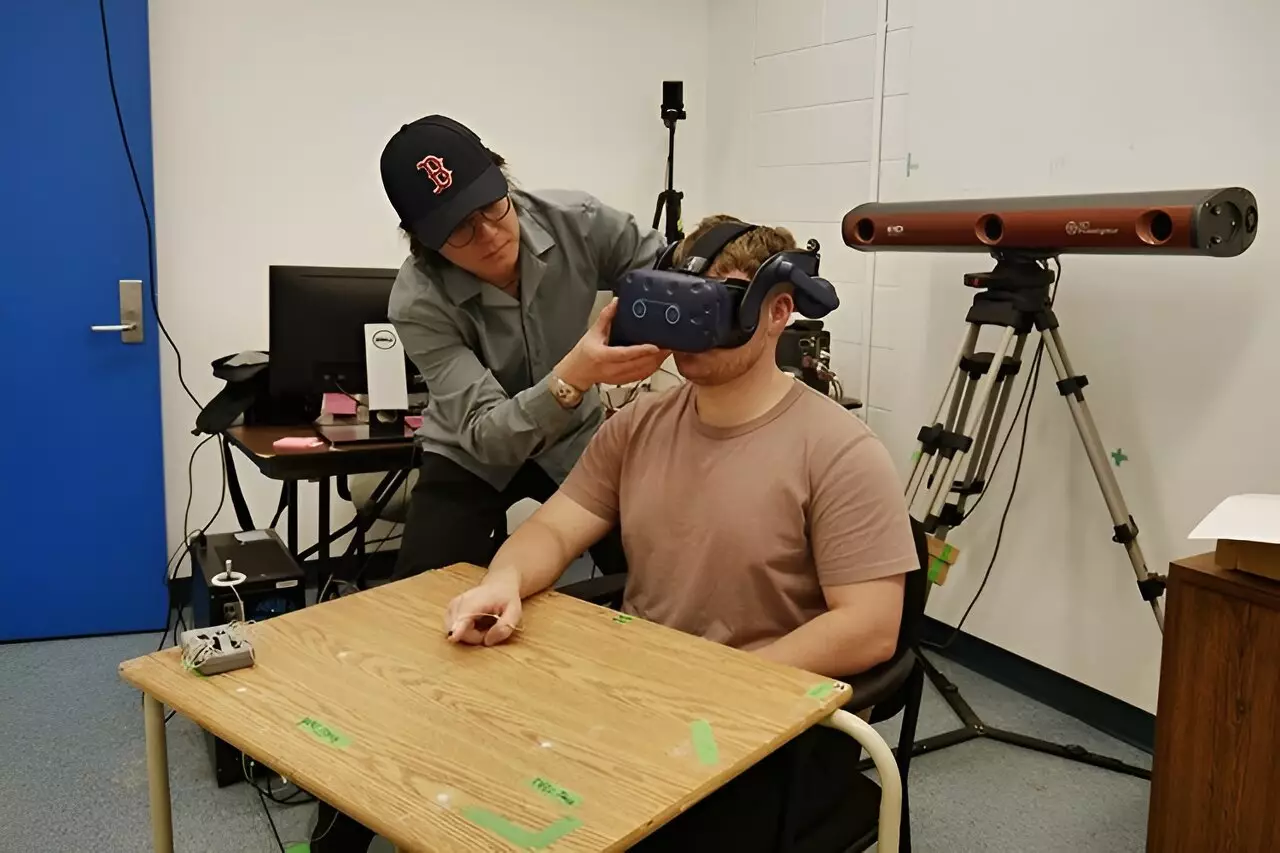The study conducted by researchers at the University of Toronto sheds light on the temporary changes in perception and movement patterns that occur when individuals engage with virtual reality (VR) and augmented reality (AR). These findings have significant implications for various industries that rely on these technologies for training purposes. One key aspect highlighted by the study is how the use of VR and AR can lead to errors in movement in the real world. Participants who used VR tended to underestimate the distance to their targets, while those who used AR tended to overestimate it. These effects were observed immediately after the VR or AR experience, but gradually subsided as participants readjusted to real-world conditions.
One surprising finding of the study was the transferability of movement patterns from VR and AR environments to real-world tasks. Participants exhibited altered movement behaviors in the physical world based on their experiences in the virtual or augmented realm. Additionally, the researchers noted that the effects of AR wore off more quickly compared to VR. This difference may be attributed to the fact that individuals in AR can still perceive and interact with their actual surroundings, enabling them to maintain a more accurate sense of depth and distance.
The researchers emphasize the importance of understanding the potential challenges associated with transferring skills acquired in VR or AR to real-world scenarios. As more industries and training programs incorporate these technologies for skill development, it becomes crucial to grasp how they may impact real-world performance. For professions such as surgeons, pilots, and even everyday activities like driving, being aware of the limitations and effects of VR and AR is essential for ensuring their effective and safe utilization.
Moving forward, the researchers plan to investigate how different types of VR and AR experiences, particularly those involving complex or immersive scenarios, influence real-world performance. They are also interested in exploring the role of training duration and individual differences, such as prior experience with these technologies, in the adaptation and readjustment processes. By delving deeper into these aspects, the research aims to inform the design of VR and AR systems that mitigate negative after-effects and optimize their potential for training and skill development.
The study underscores the transformative impact of VR and AR on the way individuals perceive and interact with the real world. By unraveling the complexities of these technologies and their effects on movement patterns, the research paves the way for enhanced understanding and utilization of VR and AR in various domains.


Leave a Reply